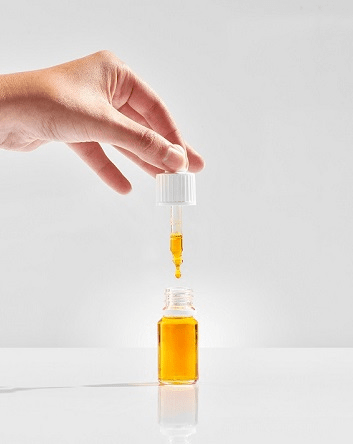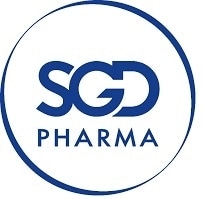Cannabidiol (CBD) is a non-psychoactive compound that is located in the hemp species of cannabis. CBD is increasingly used in the treatment of a range of medical problems. The regulatory space around CBD is complicated and varied, with ever-changing, complex regulations differing across various geographies.

Image credit: SGD Pharma
Not only must CBD manufacturers navigate this challenging regulatory landscape, but the cannabis market is regarded as one of the most complex markets to operate within.
Experts have suggested that by 2021, every state in the United States (U.S.) will have passed laws allowing cannabis for medical use.1 Latin America and Western Europe are expected to follow this trend shortly after.
At its core, the rapidly evolving and highly competitive cannabis market is driven by increasing demand for natural remedies and alternative therapies – with concentrated CBD oil proving to be an increasingly popular format.
This growing trend is expected to prompt more partnerships between CBD manufacturers and packaging companies as smaller producers seek to scale up their existing operations and expand into new markets.
It is anticipated that the U.S. CBD market will reach 16 billion USD by 2025.2 Despite this growing market, very few CBD oil packaging solutions are currently able to meet the exacting compliance standards being introduced around the world; for example, child-resistant closure (CRC) and Good Manufacturing Practice (GMP) guidance.
This article explores current regulations in a variety of regions across the globe, as this currently stands. It also aims to demonstrate the need for dedicated, compliant packaging that has been specifically designed for pharmaceutical applications of CBD.
Background
Cannabidiol (CBD) is a non-psychoactive compound that belongs to a group of chemicals referred to as cannabinoids. These chemicals are found in the Cannabis sativa plant. Many species of cannabis plant exist, including hemp and marijuana.
Each of these species contains varying concentrations of CBD and delta-9-tetrahydrocannabinol (THC) – the latter being the psychoactive cannabinoid that causes the ‘high’ associated with cannabis use.
Hemp contains minor amounts of THC (0.3%) in comparison with marijuana (15-20% THC). CBD extracted from hemp is currently used in an array of commercial applications, including cosmetics, food ingredients and medicinal items.
The cannabis plant has been utilized for medical purposes for thousands of years, but there has been limited research into the therapeutic advantages of CBD until recently. However, recent demands for the mainstream medicinal use of CBD have led to significant investigations over the past few years.
Cannabinoids are able to bind with receptors in many areas of the human body. The endocannabinoid system (ECS) is responsible for mediating their biological impact, while there are two receptor subtypes – CB1R and CB2R – that are typically found in specific areas of the body.
- CB1R is prominent in the central nervous system (CNS), garnering attention for the potential development of therapies for neurodegenerative diseases and neuropsychological disorders.
- CB2R is prominent in immune cells and peripheral tissues; for example, the kidneys, liver, gastrointestinal (GI) tract, skeletal muscle, reproductive system and cardiovascular system.
Self-medication and general wellness are trending worldwide, while consumers increasingly moving towards natural and organic alternatives to conventional pharmaceuticals is also helping to drive CBD market growth.
Acknowledgments
Produced from materials originally authored by Najet Mebarki from SGD Pharma.
About SGD Pharma
 SGD Pharma is a global leader in glass pharmaceutical packaging. SGD Pharma produces over 8 million vials and bottles per day at its five manufacturing plants in Europe and Asia. All plants are ISO 15378 certified, and two are entirely new facilities.
SGD Pharma is a global leader in glass pharmaceutical packaging. SGD Pharma produces over 8 million vials and bottles per day at its five manufacturing plants in Europe and Asia. All plants are ISO 15378 certified, and two are entirely new facilities.
With 10 sales offices and a wide distribution network, SGD Pharma offers a broad range of sizes and finishes in Type I, II, or III, amber and clear glass, as well as innovative added-value services like internal siliconization or protective plastic coatings.
Sponsored Content Policy: News-Medical.net publishes articles and related content that may be derived from sources where we have existing commercial relationships, provided such content adds value to the core editorial ethos of News-Medical.Net which is to educate and inform site visitors interested in medical research, science, medical devices and treatments.